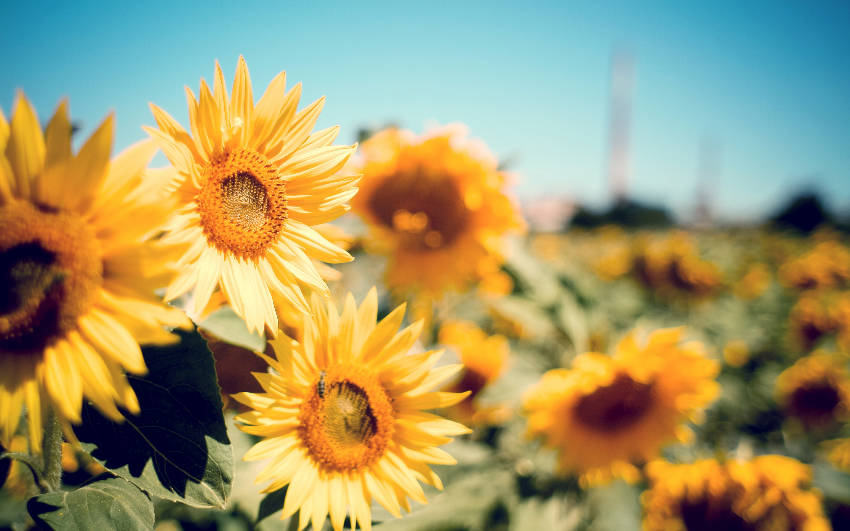
Gardening is one of the most pleasurable and rewarding activities you can indulge in.
Of course, with so many plant types, soil details, different tools, and tiny subtleties for every situation, it can be a bit overwhelming if you dive right in.
This guide will lead you gently through the beginner’s steps you MUST know - and soon enough, you’ll start feeling like a pro at gardening!
Start Simple

As it is for most things, it’s recommended to start with the easy stuff for beginners.
Vegetables are a great starting point, since they don’t take too long to grow and you won’t feel punished if mistakes happen - you can just start again on the spot. And obviously, with successful growing, you can harvest and use them!
If you want to plant vegetables but don’t have a lot of room, there are many types of veggies (like melons and cucumbers) you can set up vertically on a fence.
These flowers are also easy to plant:
- Sunflower
- Marigold
- Pansy
- Sweet Peas
Related: Want to know more about plants? Here’s a nice plant dictionary to help you out!
Water the Right Way

Always be mindful of how much water every plant needs and have a consistent watering schedule.
It’s also better to water your plants and vegetables during the morning before it’s too hot, so the water really sinks in the soil. And finally, know that newer plants need more water to develop!
It’s easier to save an underwatered plant than an over-watered one. Keep the watering consistent and stay alert for the plant’s needs!
If you have doubts or your treatment seems to be ineffective, take a look at these helpful links:
Related: Get Your Yard Ready For Spring With This Easy Guide
Watch the Soil

Your soil will be one of the most important elements of successful gardening.
Make sure your soil is ideal for planting - it should be easy to crumble with your hands and to shovel, not hard and clay-like.
Also, some plants grow aggressively and can take over your garden area if not contained. You can plant them inside a plastic container to prevent their roots from going too far.
Before you start planting, make sure your soil is ideal by reading it’s pH with a testing kit (you can acquire one at any gardening house).
Related: 12 Whimsical DIY Projects to Make Your Garden Beautiful
Take Notes

Taking notes goes a long way for gardening. You can take notes of the supplies you already have and the ones you need, how long it takes for your plants to blossom, how much water you need, and many other important details.
Likewise, you should have a nice little calendar for you to organize your daily tasks. There are specific gardening tasks for every season, and it’s crucial you remember those!
Spray your garden shovel with silicone to make the soil slip through soil more easily.
Related: Safe, Green Tricks for a Pest-Free Yard
Repel Pests

With daily care, you will quickly notice if there’s some sort of pest threatening your garden.
If you notice anything strange, take measures immediately to prevent further damage - the longer you take, the more your garden will suffer, and the more pests will come.
It’s important to note that earthworms and other microbes are required to inhabit your soil - these are extremely beneficial to your garden, and are not considered pests.
A simple measure to prevent most insects from inhabiting your garden is to plant garlic, chives or chrysanthemums somewhere in your garden. Insects tend to stay away from those.
Related: Need a pest control service? Get a free quote today!
Follow us on Facebook for more gardening tips! Don’t forget to comment below with your own tips and tricks for gardening.
